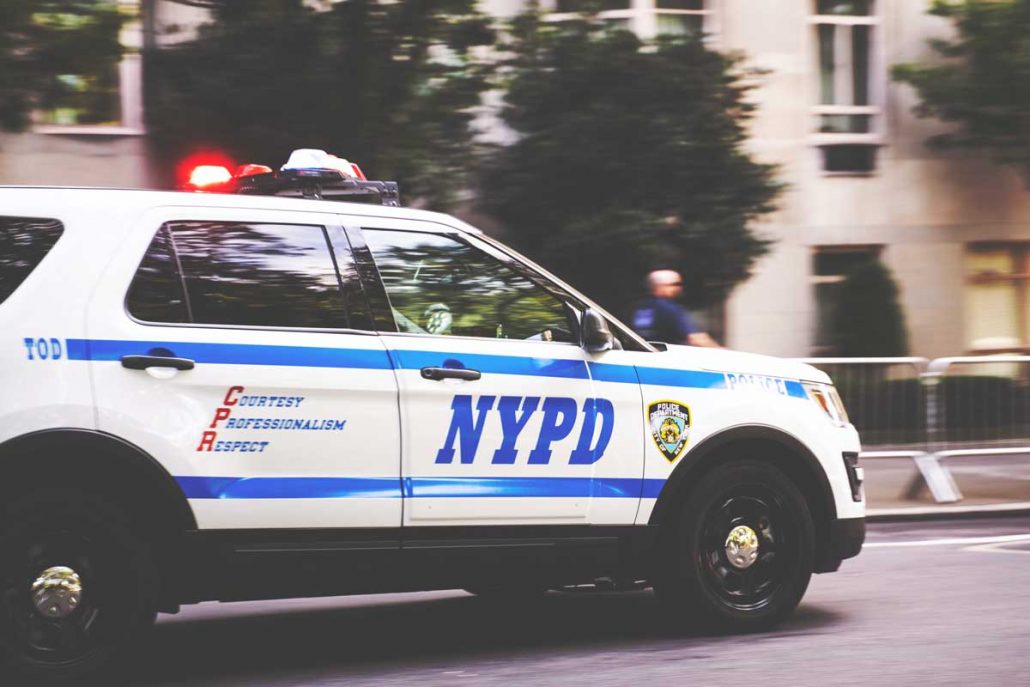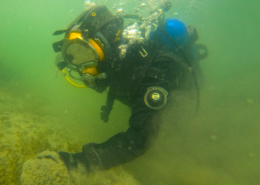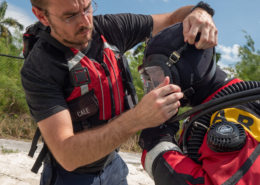Law Enforcement and Fire Department Dive Teams, Working As One
By: Bob Shields
Although there is a distinct difference between Law Enforcement and Fire Department based public safety dive teams, the basic training involved in becoming a public safety diver is the same. With this in mind, police and fire departments should be working together when it comes to rescue and recovery operations. Each offers different techniques and equipment, but both have a common goal: locating something underwater.
A little background
Throughout the years, there has been some animosity between PD and FD. Some of it in jest and some of it not. The battle of who is better has raged for years and this has spilled over into the public safety diving realm. Most municipalities have fire and police dive teams, and most states have their own state policing agency dive teams as well. With all these resources, why can’t teams work together for a common goal — the safe rescue or recovery of a submerged victim or object?
Each of the different agencies’ teams have resources that can be used between them. For example, a state police team may have side-scan sonar that can be used for a large area victim search, which was initially a fire department operation. Likewise, fire departments can offer additional trained divers as well as EMS and decontamination to police operations. With any public safety dive operation, safety is at the forefront and interagency cooperation will only enhance it.
How to work together
If a jurisdiction only has a fire department-based team, the local police agency should be contacted to inquire how they want evidence recoveries handled. Using police officers or detectives to train firefighters in evidence recovery techniques specific to the jurisdiction or how that police department wants a crime scene to be documented are a few ways these agencies can work together.
The basis for the cooperation between police and fire is working together. Seeing each other’s equipment, search techniques, and specialized gear begins with joint training. Start by using a local pool and reviewing scuba gear configurations, search patterns, and emergency procedures. This review in a controlled environment prepares each team to work together in unpredictable open water. This may take multiple sessions, but is vital for each team to learn the others’ procedures and focus on safety. Once team leaders feel that the members have become proficient in operations, the move can be made to open water and diving in environments similar to where an incident can occur.
There is nothing stating that fire department teams can only do rescues and police teams can only do recoveries. Each of the teams can work together to safely execute a plan and make a timely and effective rescue or recovery.







 Y. ZIN
Y. ZIN




Ostavite odgovor
Želite li da se priključite diskusiji?Slobodno popunite!